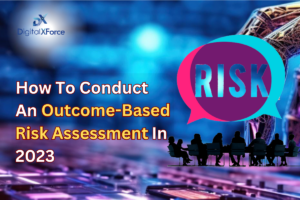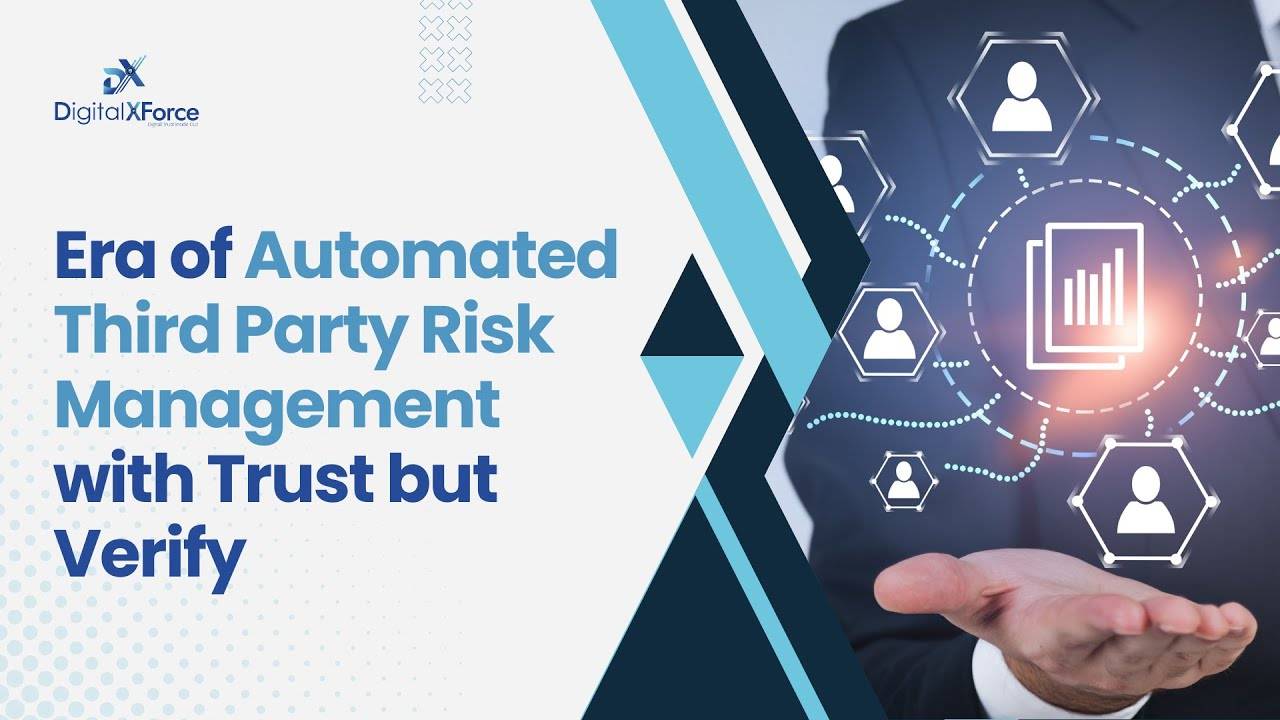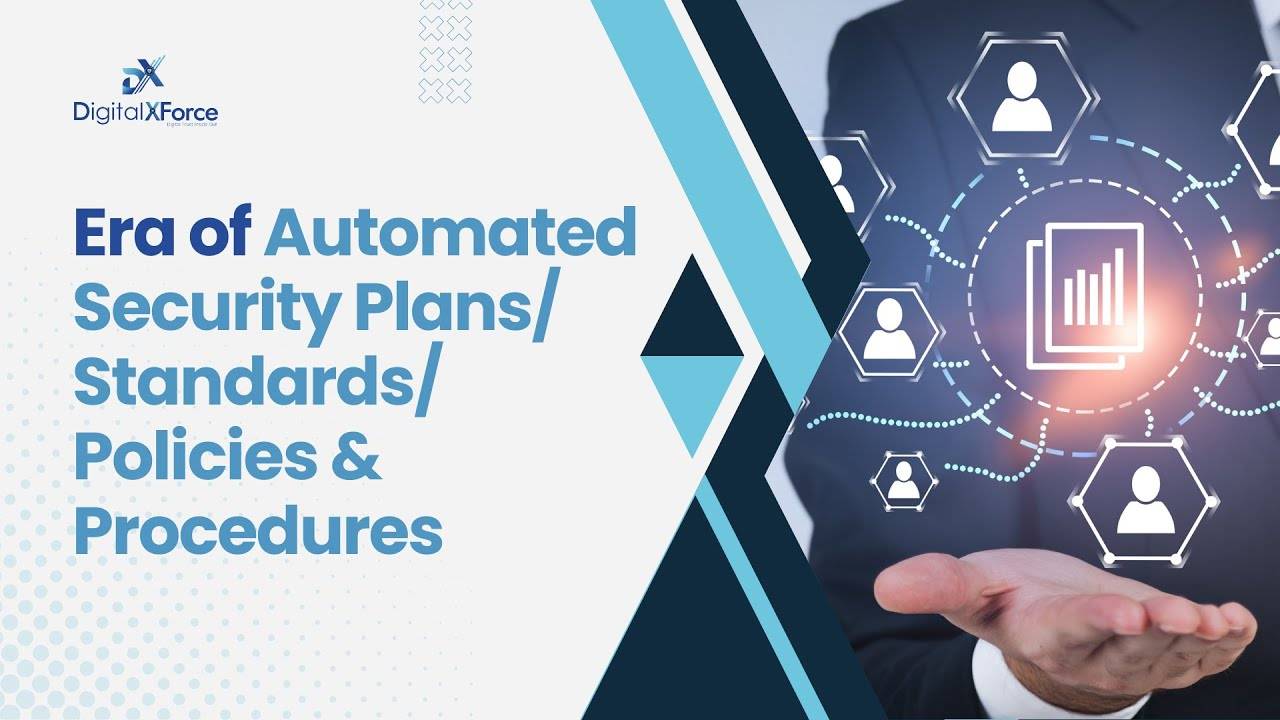Lalit Ahluwalia is committed to redefining the future of Cybersecurity by helping large, medium, and small scale businesses build digital trust. In this article, Lalit explains how organizations can conduct a comprehensive cybersecurity risk assessment in 2023 to get guaranteed outcomes.

Let’s face it. It is no longer enough to just check the boxes when it comes to cybersecurity risk assessment. To truly protect your organization in 2023 and beyond, you need an outcome-based approach. This means shifting your focus from compliance-driven assessments to assessments that deliver tangible results.
In this article, I will guide you through practical, effective, and outcome-based approaches to conducting a cybersecurity risk assessment in 2023. By the end, you’ll be equipped with the knowledge and tools needed to fortify your digital defenses and safeguard your organization’s future.
Why Outcome-Based Cybersecurity Risk Assessment Matters
Before delving into the nuts and bolts of conducting an outcome-based cybersecurity risk assessment, it’s vital to understand why this approach is critical in 2023. The digital landscape is constantly evolving, and cybercriminals are becoming more sophisticated by the day. The consequences of a security breach can be devastating – not just financially, but also in terms of reputation and customer trust.
An outcome-based approach focuses on achieving concrete results rather than merely ticking off compliance boxes. Here’s why it matters:
Effective Risk Mitigation: By concentrating on outcomes, you ensure that your security measures are not just theoretical but actionable and effective.
Resource Allocation: An outcome-based approach helps you allocate resources where they matter most, optimizing your cybersecurity efforts.
Continuous Improvement: With a results-driven mindset, you are more likely to embrace continuous improvement, staying ahead of emerging threats.
Now, let’s dive into the practical steps to conduct an outcome-based cybersecurity risk assessment. Here are 10 steps to get you started:
Step 1: Define Clear Objectives
The first step in any outcome-based endeavor is setting clear objectives. What do you aim to achieve with your cybersecurity risk assessment? Is it reducing the risk of data breaches, ensuring compliance with regulations, or enhancing overall security posture? Define your goals, and make them specific, measurable, and time-bound.
Step 2: Identify Critical Assets
To assess risk effectively, you need to know what you’re protecting. Identify and catalog your organization’s critical assets, which may include sensitive data, intellectual property, and essential systems. These assets will be at the center of your assessment.
Step 3: Assess Threats and Vulnerabilities
A deep understanding of the threats and vulnerabilities facing your organization is essential. Keep an eye on emerging threats and assess their relevance to your assets. For a start, refer to our weekly Cyber Watch stories for up-to-date information on threat intelligence. Want to learn more DigitalXForce’s Cyber Watch series? Check out this page.
Step 4: Quantify Risks
In an outcome-based approach, you should aim to quantify risks wherever possible. Use a risk assessment framework, such as the one described in the Entrepreneur article, to assign numerical values to risks. This helps in prioritizing and focusing your efforts on the most critical issues.
Step 5: Prioritize Based on Impact and Likelihood
Now that you have quantified risks, prioritize them based on their impact and likelihood. This step aligns with the outcome-based philosophy – focus your resources on addressing risks that have the most significant potential impact on your organization.
Step 6: Develop Actionable Strategies
Once you have identified and prioritized risks, it’s time to develop actionable strategies for risk mitigation. Your strategies should not only be effective but also aligned with your defined objectives. One way to achieve this is by creating a comprehensive mitigation plan with insights from DigitalXForce’s board-level metrics and reports generated by the system.
Step 7: Implement and Test
Implement your mitigation strategies and put them to the test. This involves not just deploying security measures but also simulating potential threats through penetration testing and red teaming.
Step 8: Monitor Continuously
In the fast-paced world of cybersecurity, continuous monitoring is non-negotiable. Invest in advanced monitoring tools and automated technologies to detect and respond to threats in real-time. How? Think DigitalXForce! Our automated solution goes beyond traditional monitoring processes and provides a real-time, continuous monitoring which will empower you with insights to make data-driven decisions as a large, medium scale or small business owner.
Step 9: Measure Outcomes
Here’s where the outcome-based approach truly shines. Instead of merely checking if you’ve met compliance requirements, measure the actual outcomes of your cybersecurity efforts. Have incidents decreased? Are response times faster? Are critical assets better protected? These are the metrics that matter.
Step 10: Adapt and Improve
Based on the measured outcomes, adapt your cybersecurity strategy and make continuous improvements. Remember that cybersecurity is an ongoing process, and the threat landscape will keep evolving.
Conclusion
In the world of cybersecurity, an outcome-based approach is your ticket to real protection in 2023. By defining clear objectives, identifying critical assets, assessing threats and vulnerabilities, quantifying risks, prioritizing based on impact and likelihood, developing actionable strategies, implementing, testing, monitoring continuously, measuring outcomes, and adapting and improving, you can build a robust cybersecurity program that doesn’t just meet compliance standards but delivers tangible results.
Related Articles
Understanding Cybersecurity Integrated Risk Management: Processes, Frameworks, and Standard Practices | DigitalXForce
Understanding Risk Assessment, Audit, and Compliance | DigitalXForce

 Lalit Ahluwalia is committed to redefining the future of Cybersecurity by helping large, medium, and small scale businesses build digital trust. In this article, Lalit explains how organizations can conduct a comprehensive cybersecurity risk assessment in 2023 to get guaranteed outcomes.
Lalit Ahluwalia is committed to redefining the future of Cybersecurity by helping large, medium, and small scale businesses build digital trust. In this article, Lalit explains how organizations can conduct a comprehensive cybersecurity risk assessment in 2023 to get guaranteed outcomes.

